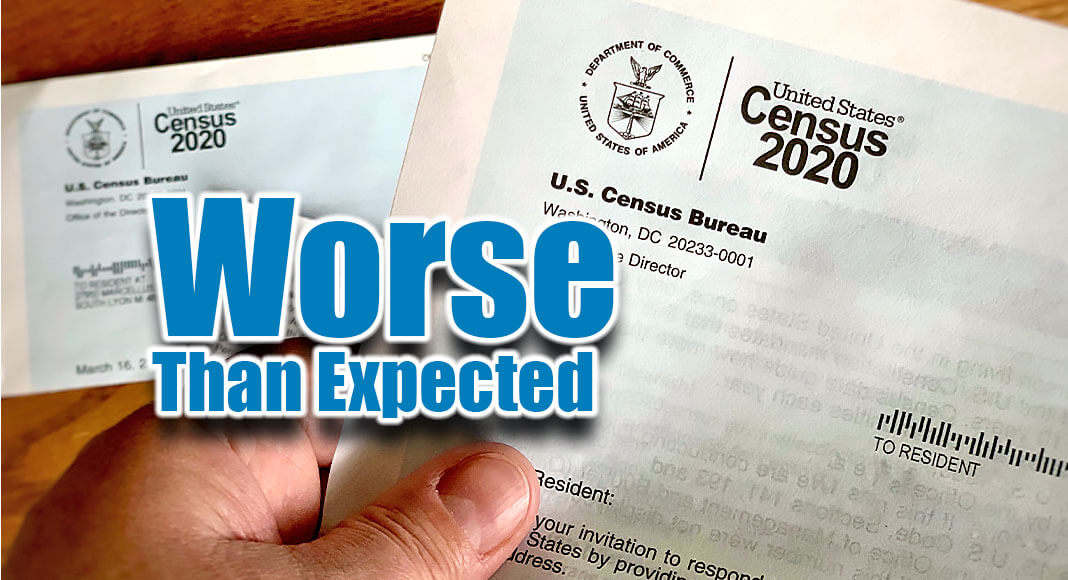
Texas Border Business
The US Census Bureau recently released the 2020 Census estimated undercount and overcount rates from its Post-Enumeration Survey. While we feared an undercount for Texas, it was even worse than expected.
A total of 14 states have meaningful undercounts or overcounts. Undercounts were found in Arkansas (-5.04%), Florida (-3.48%), Illinois (-1.97%), Mississippi (-4.11%), Tennessee (-4.78%), and Texas (-1.92%). Overcounts likely occurred in Delaware (+5.45%), Hawaii (+6.79%), Massachusetts (+2.24%), Minnesota (+3.84%), New York (+3.44%), Ohio (+1.49%), Rhode Island (+5.05%), and Utah (+2.59%).
Before the Census occurred, we examined the potential for an undercount based on data regarding hard-to-count populations. It appeared as if, without intervention, the gap in Texas would be at least 1.49%; we noted in our report that the number was likely conservative. Understatement!
This shortfall really matters in that there are a variety of federal funding mechanisms that are driven by population estimates. It also makes it hard to effectively plan for future needs without an accurate count.
When you examine the projected losses in funding through 2030, it will be many billions for Texas. A shortfall of this magnitude will ripple through the economy. Because of the way that many major programs determine eligibility and allocations, the loss of Federal dollars can be much greater than the magnitude of the undercount. Moreover, the primary categories of reductions are in sectors (such as health care, housing, education, and infrastructure) that are critical to the ongoing wellbeing of the population.
We evaluated the downstream effects of these losses using our impact assessment system, academic studies, and economic modeling to estimate the impact of reduced funding on underlying factors such as health, social services, homelessness, hunger, education, traffic congestion, and infrastructure. For example, having less funding for nutrition, education, social services, health care, and other programs can lead to reduced productivity and efficiency, diminished overall health (further reducing productivity), and increased stress on the social service system. Similarly, inadequate infrastructure resources impose costs on local businesses and households and harm efficiency.
The estimated costs of these downstream effects over the 2021 through 2030 period include an estimated $59.0 billion in gross product and over 640,000 job-years in Texas (when multiplier effects are considered). Business activity generates tax revenue, so it’s also bad news for the State and local government.
We suggested at the time that the State should invest modest resources into improving the count, as many others did successfully. The commitment of a few million dollars could well have brought a return of tens of billions. Unfortunately, Texas chose not to do so, and the results speak for themselves.
These effects persist over a decade, negatively affecting key programs, Texans, and the economy – a classic unforced error. Stay safe!
__________________________________________________
Dr. M. Ray Perryman is President and Chief Executive Officer of The Perryman Group (www.perrymangroup.com), which has served the needs of over 2,500 clients over the past four decades.











